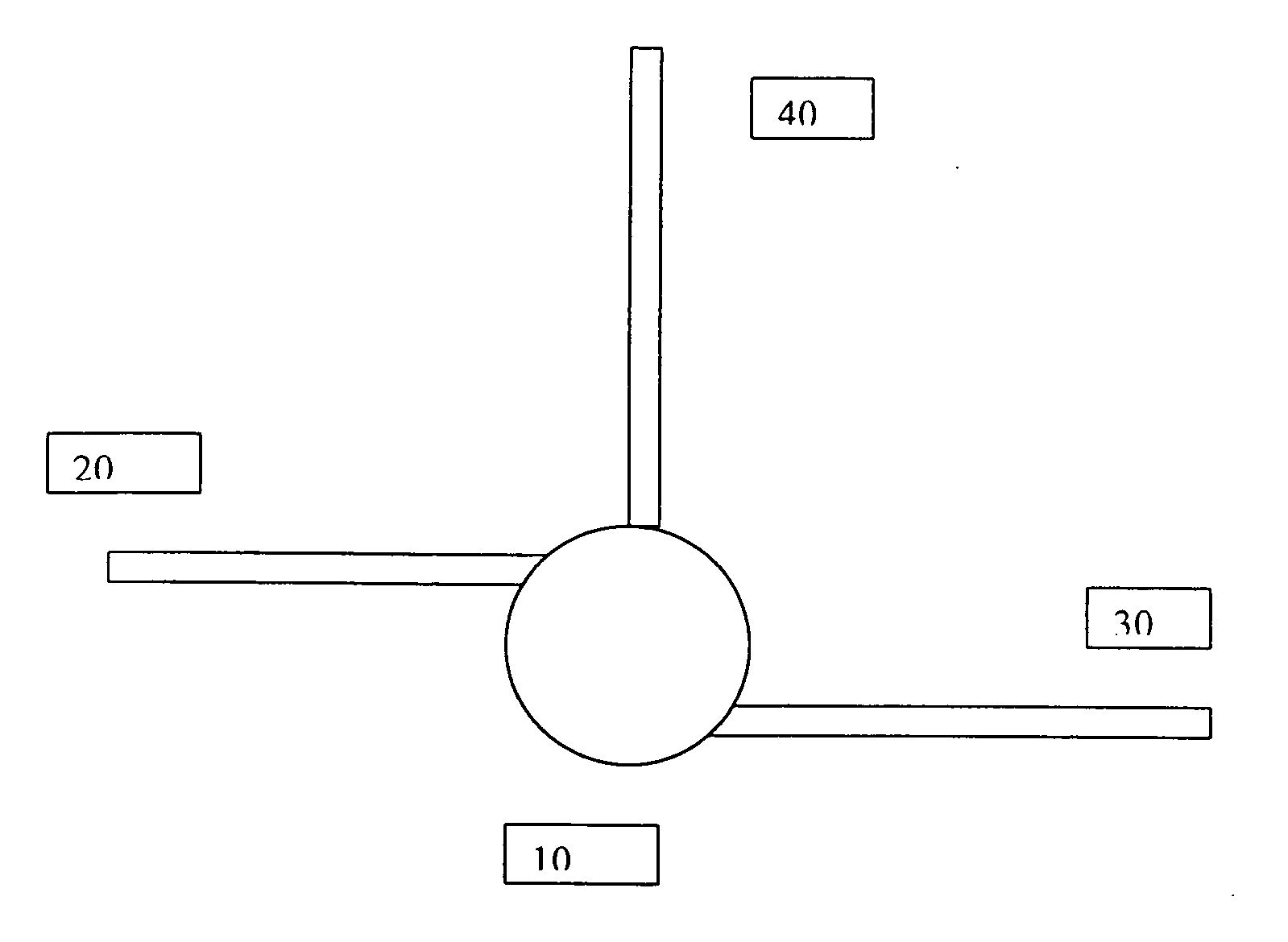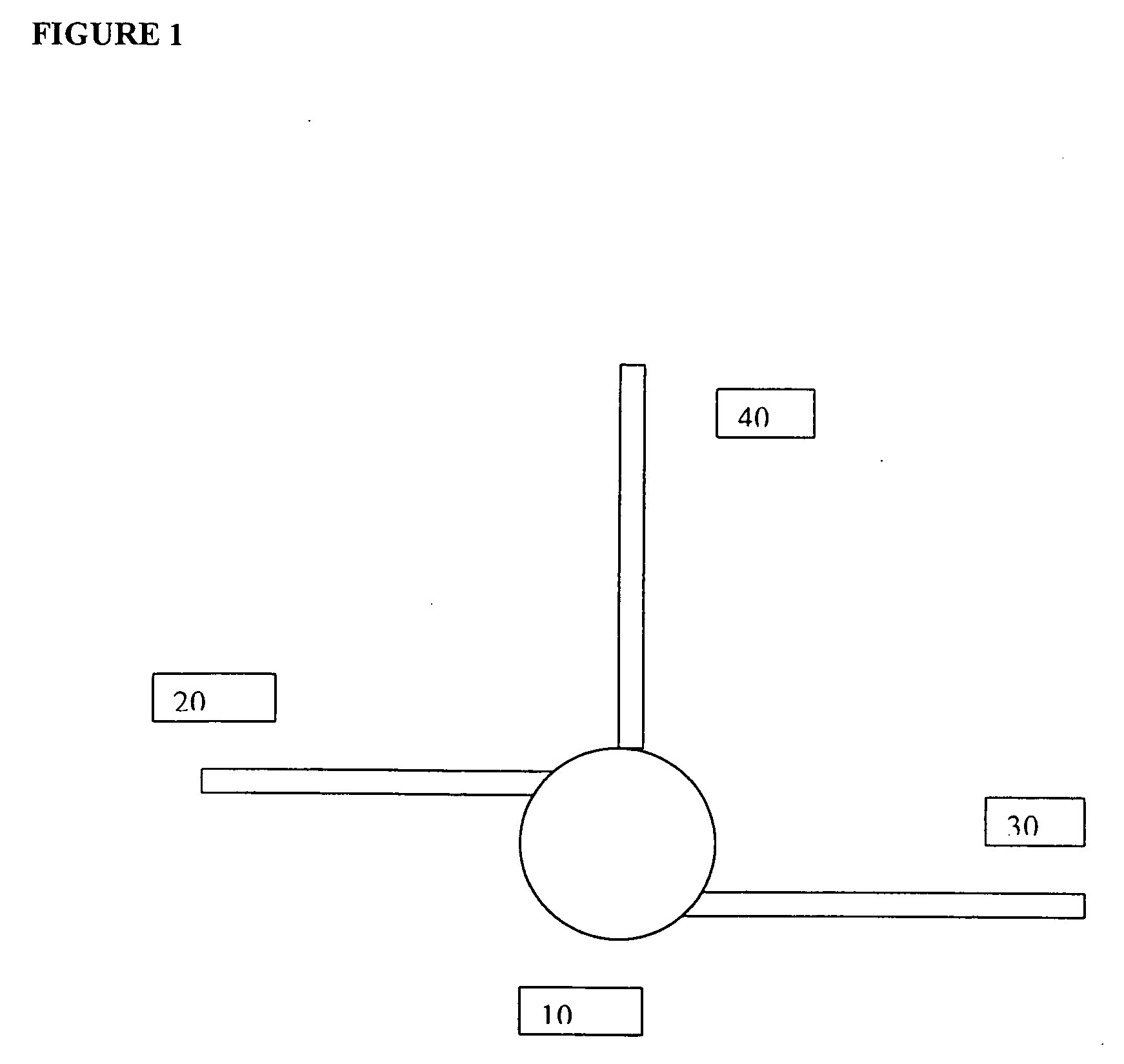Microfermentor device and cell based screening
a microfermentor device and cell technology, applied in the field of microfermentor devices, can solve the problems of large-scale screening of various factors that might influence production, high cost and time consumption, and limited techniques, and achieve the effects of reducing the number of tests
- Summary
- Abstract
- Description
- Claims
- Application Information
AI Technical Summary
Problems solved by technology
Method used
Image
Examples
example 1
[0030] The microfermentor device of the invention can be used to examine the effect of chemical agent A on fermentation of a bacterium. Twelve microfermentors, each bearing a single cell growth chamber are aligned in parallel. The microfermentors are sterilized and sterile growth media is pumped into each microfermentor through a fluid delivery system. Six microfermentors receive a measured aliquot of chemical agent A through the fluid delivery system and the remaining six do not. Having six microfermentors for each case provides a measure of redundancy for statistical purposes. Each of the 12 microfermentors is inoculated with a volume of concentrated cells, the volume being about 1 / 20 to 1 / 10 the volume of the microfermentor, and the cells being a pure culture of the bacteria of choice, e.g., Escherichia coli. A supply of sterile air is continuously added to the microfermentor through the fluid delivery system to provide a source of oxygen for the microorganisms. The growth of the...
example 2
[0031] The microfermentor device of the invention can provide an environment to grow cells or tissue that closely resembles of that found in humans or mammals. With respect to drug screening, the microfermentor can monitor responses of cells to a drug candidate. These responses can include increase or decrease in cell growth rate, cell metabolic changes, cell physiological changes, or changes in uptake or release of biological molecules. With many microfermentors operating in parallel, different cell lines can be tested along with screening multiple drug candidates or various drug combinations. By incorporating necessary electronics and software to monitor and control an array of microfermentors, the screening process can be automated.
[0032] Twenty microfermentors each containing a single cell culture well are sterilized. Sterile animal cell culture media is pumped into each of the microfermentors through the fluid delivery system. Each microfermentor is then inoculated with mammal...
PUM
 Login to View More
Login to View More Abstract
Description
Claims
Application Information
 Login to View More
Login to View More - R&D
- Intellectual Property
- Life Sciences
- Materials
- Tech Scout
- Unparalleled Data Quality
- Higher Quality Content
- 60% Fewer Hallucinations
Browse by: Latest US Patents, China's latest patents, Technical Efficacy Thesaurus, Application Domain, Technology Topic, Popular Technical Reports.
© 2025 PatSnap. All rights reserved.Legal|Privacy policy|Modern Slavery Act Transparency Statement|Sitemap|About US| Contact US: help@patsnap.com



